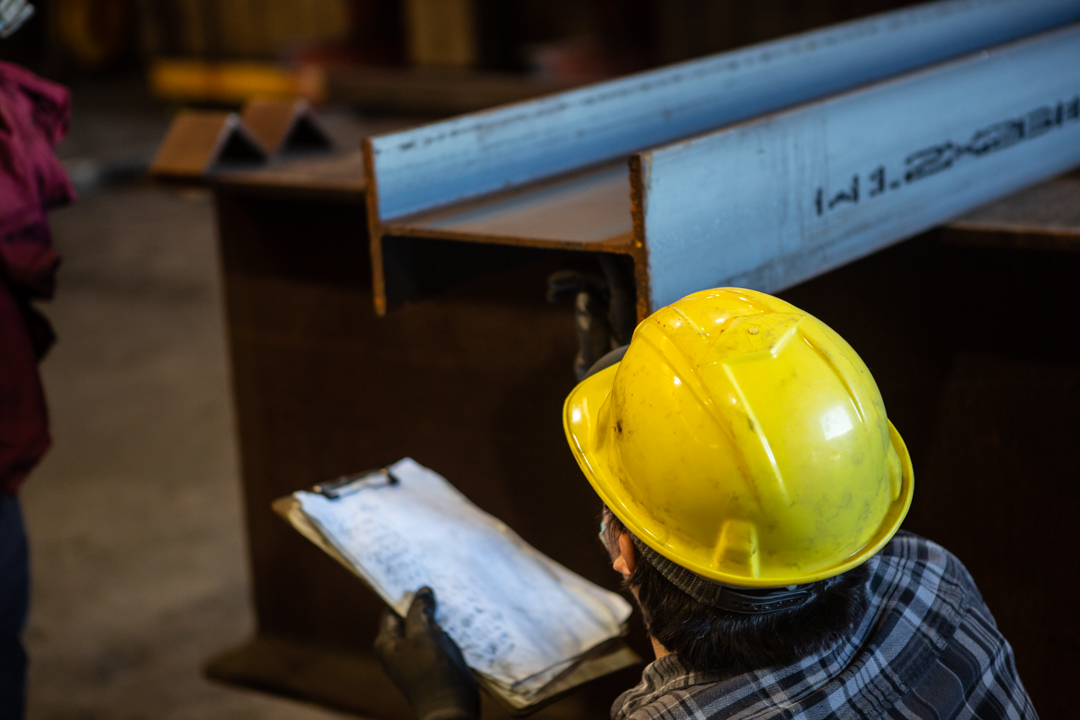Steel is recognised for its strength, toughness, and durability. This adaptable substance, which is frequently referred to as the “strongest alloy on Earth,” is actually an alloy of iron and carbon rather than a pure metal. On the other hand, because of its inherent malleability, natural metal obtained from the Earth is weaker than steel.
How Strong of a Material Do I Need?
You must choose your requirements for material strength based on the application. A metal or alloy’s strength cannot be determined by one measurement.
Steel is used in many different industries for a variety of purposes. Thus, it’s critical to comprehend relevance when evaluating steel’s strength. Are flexible steel sheets required to shape an automotive body? Or are you looking for steel piping with a strong wall for transporting gas and oil?
Metals’ strength is determined by how they react to pressure coming from various angles and sources. Many different types of strength are frequently used to evaluate metal, including:
Tensile power (includes yield, ultimate, and breakable strength)
Impact power
compression power
How well the steel holds up to other metals will depend on the particular application.
The Steel’s Strength
Steel’s entire composition has an impact on its strength. Although iron makes up the majority of steel, carbon is the main factor in steel’s total strength. At first look, the amount of steel variation might not appear substantial because steel normally only contains 1.5% carbon. Yet, even a tiny amount of carbon will significantly alter steel’s strength.
Steel gains additional hardness and strength from other impurities.
Steel’s strength can come from impurities, such as:
Carbon \sSilicon \sPhosphorus \sManganese
Little amounts of other substances can also be used as additives to improve the protective properties of steel, such as rust resistance, without reducing the alloy’s strength.
Steel’s tensile strength is substantially stronger than aluminum’s. It is a better industrial option because it is around 2.5 times denser. It is resistant to warping, bending, and heat damage first and foremost because it is significantly harder. Second, corrosion is a problem for aluminium, which weakens it further.
Tensile strength and yield, which measure the amount of force needed to permanently distort these metals, are used to compare the strength of steel to that of iron. A steel with a yield strength under 30,000 psi will be difficult to find; pure iron has a yield strength of about 10,000 psi.
Additionally, steel’s tensile strength can be increased past its natural limits through heat treatment and the addition of other chemicals.
Titanium
The most worthy opponent for steel is probably titanium. The strength-to-weight ratio of this extraordinarily strong metal is praised. Titanium is a popular choice for some applications, such as aeroplane parts, despite being around 45% lighter than steel and having an equal level of strength.
Although though titanium’s per unit mass yield strength is thought to be higher, stainless steel nevertheless has a higher ultimate tensile strength and overall yield strength.

